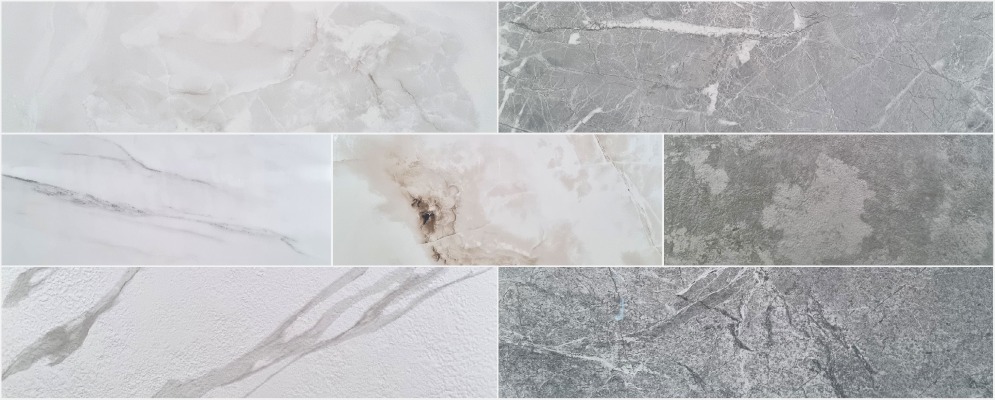
History
The first porcelain tiles were produced in China in the 15th century and then brought over to Europe later on. Porcelain tiles have been used widely in humid areas of the world for many many years e.g. India, South East Asia and the Middle East. Ceramic tiles absorb too much of the water and humidity in the climate, and so these countries needed a tile that was stronger and highly water resistant.
At first porcelain tiles were used on walls. But as technology and manufacturing has advanced, porcelain tiles are used in a wide range of situations. Thanks to interior designers the true potential for porcelain tiles has been released. They are used for kitchens, bathrooms, fireplaces, hallways, outside and with underfloor heating.
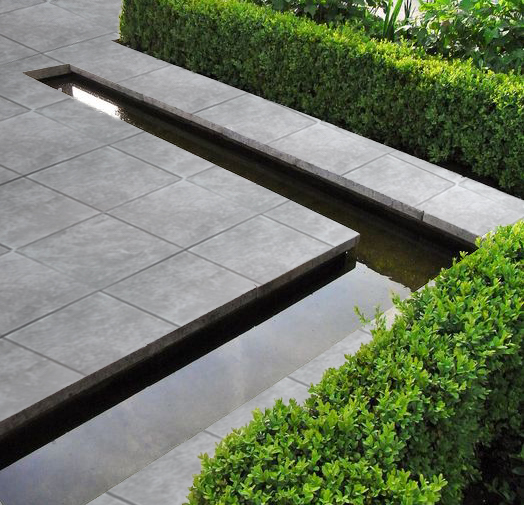
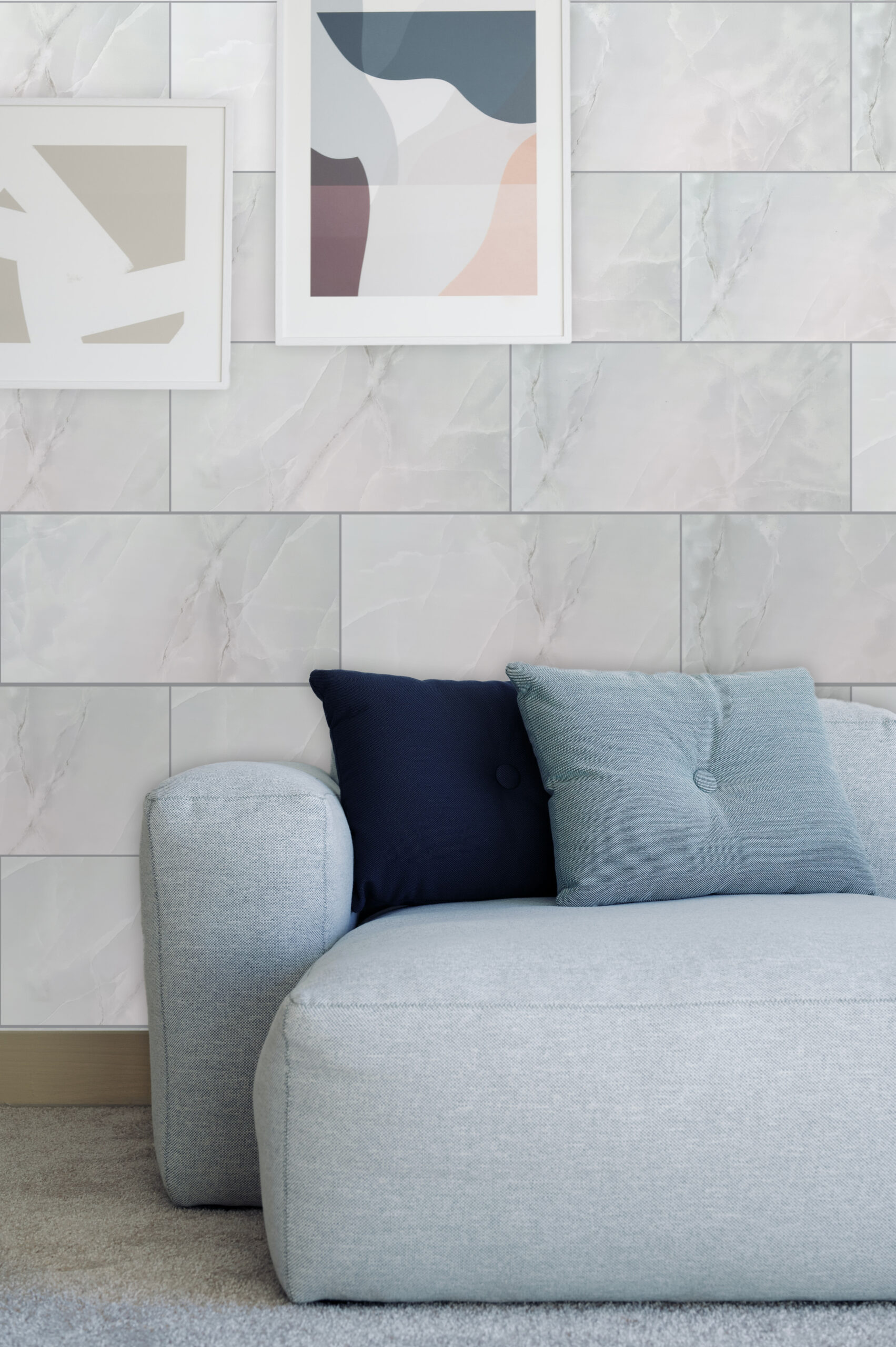
Science
Porcelain tiles are made using a very specific clay, mixed with finely ground sand and feldspar. The tiles are fired to a higher temperature multiple times. Which is what makes the porcelain tile stronger and denser.
A mixture of water and the raw materials is stirred and dried until the perfect consistency is reached, where it is then pressed to form the tile shape. The tiles are then dried and fired to increase the strength of the material. The black tile can then be printed onto with an almost infinite array of patterns.
All of these processes the tile goes through, all add to make the tile itself highly water resistant, strong, frost resistant and easy to maintain. These advantages all help porcelain to be a very good tile for residential and commercial use.
Environmental Benefits
Many porcelain tiles are made with recycled contents such as water bottles and TV screens.
They contain very low, or zero levels of VOC’s – volatile organic compounds, which are all harmful to health.
Thanks to porcelain tile printing being so versatile, they are used in place of many woods and stones. Meaning endangered natural materials can be saved and biodiversity for the planet can be reserved.

What is a PEI Rating?
PEI is the Porcelain Enamal rating and it tells you how suitable a tile is in your home depending on the amount of traffic going through the space regularly.
- PEI 0 – no foot traffic (wall tiles)
- PEI 1 – very light traffic (bathroom)
- PEI 2 – light traffic (bathroom and bedroom)
- PEI 3 – light to moderate traffic (suitable for most domestic floors)
- PEI 4 – moderate to heavy traffic (suitable for domestic floors and some commercial uses)
- PEI 5 – heavy traffic (suitable for all domestic and commercial uses with heavy footfall)
Most porcelain tiles tend to have a rating between 3 and 5. In tile shops you will find the tile’s PEI rating which will help you know that the tile is suitable for the place it will go.
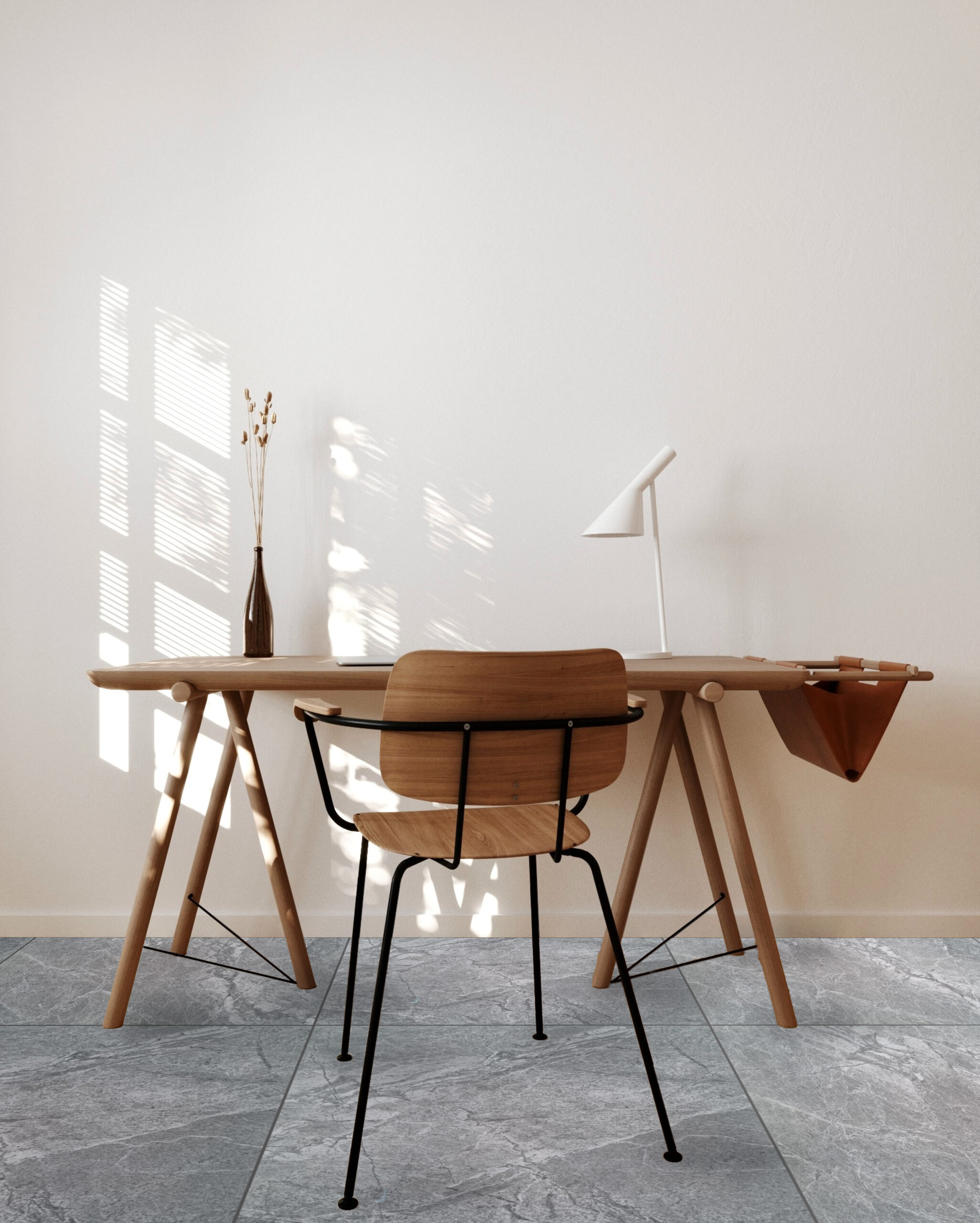
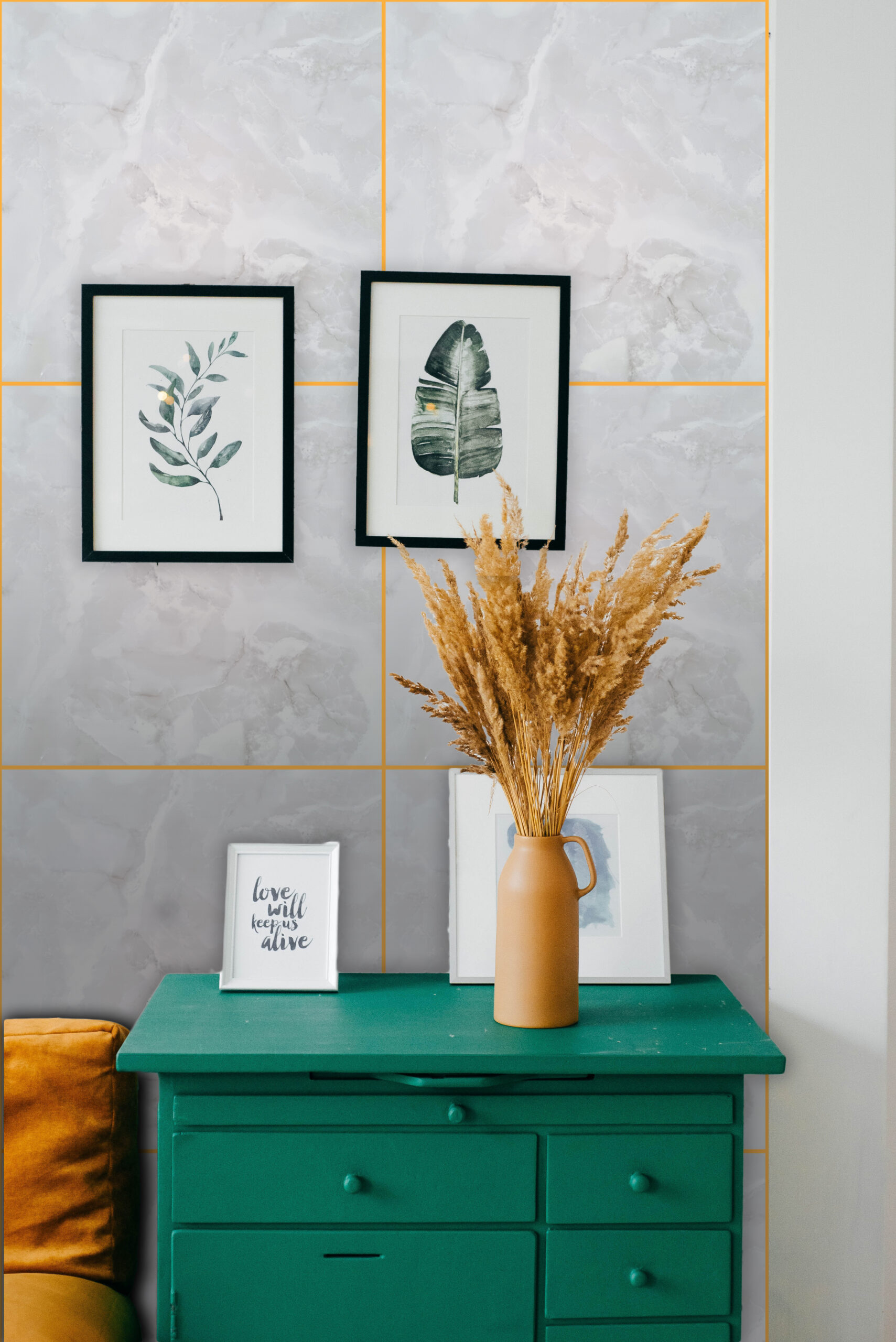
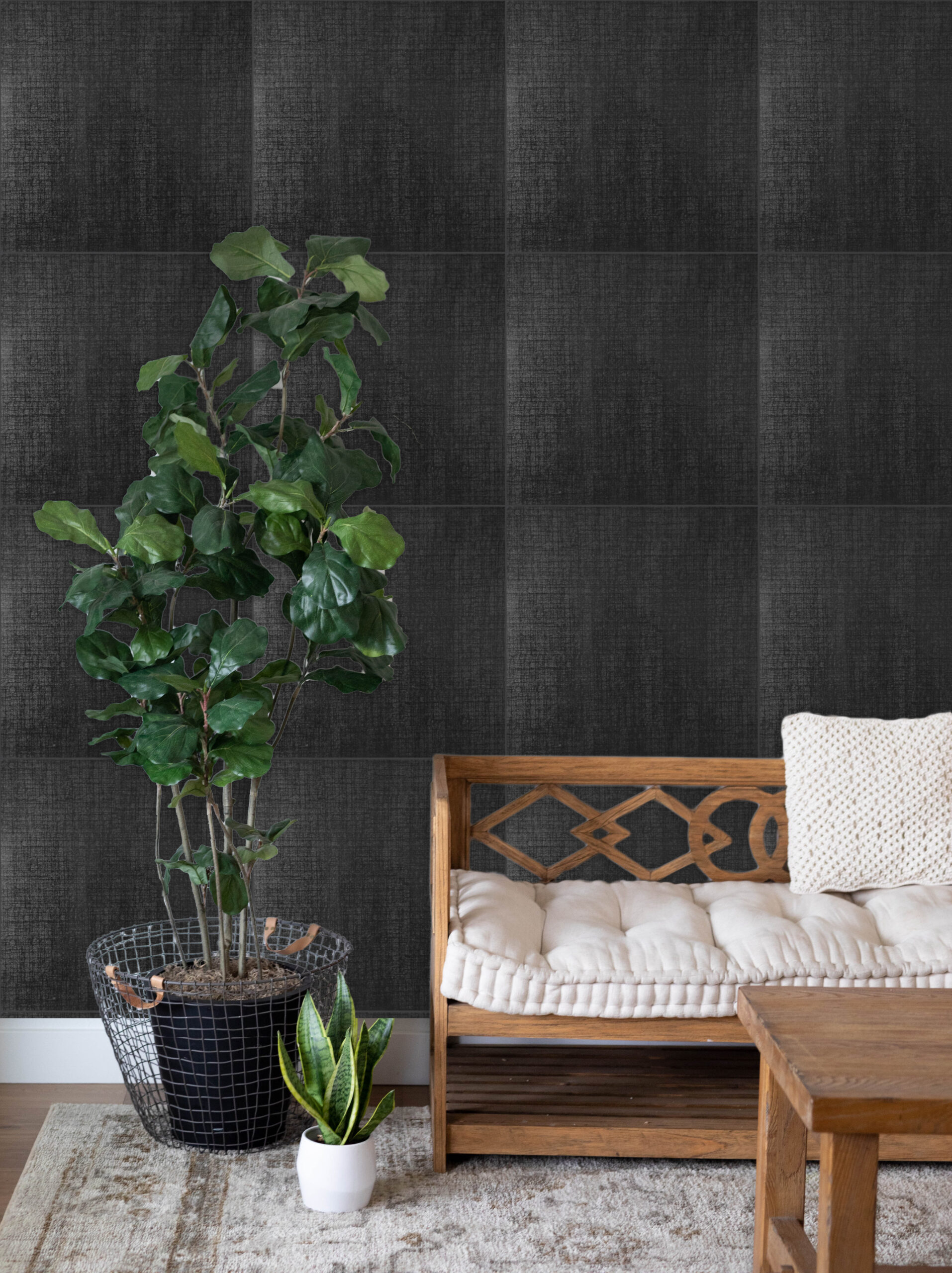
Trends
The future for Porcelain tile application is virtually limitless. Moving to the end of 2021, trends seem to be moving towards mediterreanean colours and styles. A lot more blue, greens, light pink and yellow. This trend also lends itself to handmade and worn looks on tiles. All of this is possible if you choose porcelain, as the printing possibilities are infinite. It also seems that we are going to move more towards large-format porcelain tiles. With large light grey porcelain tiles being applied to kitchen and bathroom spaces. Also, because porcelain has a very low water absorption rate, seamless floors between inside and outside can be achieved if you use porcelain tiling.
For any more information on porcelain feel free to call us (0113 390 8800), email at info@tilesforever.co.uk or come into our showroom and see for yourself.

